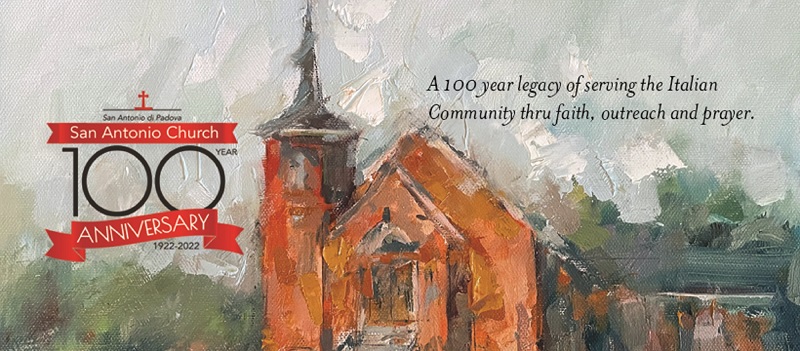We would like to thank everyone who has continued to contribute to the ongoing expenses of San Antonio Church by mailing in their weekly envelopes or by contributing electronically utilizing WeShare . The buttons at the bottom of this post allow you to make online donations directly to the listed account for San Antonio Church.
Weekly Bulletin November 27, 2022
by Terrie Evans
On this Sunday, we welcome many new parishioners as we start the Liturgical Season of Advent. The season of Advent is celebrated as a time of waiting as we prepare for the Nativity of Christ at Christmas and the anticipation for the Second Coming of Christ. Advent commences on the 4th Sunday before Christmas and ends on Christmas Eve on December 24th and is observed in the Roman Rite of the Catholic Church, the Western Rite of the Orthodox Church, in the Anglican, Lutheran, Moravian, Presbyterian and Methodist Churches. The season of Advent in the Christian calendar anticipates the “Coming of Christ;” the physical Nativity in Bethlehem, The Reception of Christ in the heart of the believer, and the return of Christ in the Second Coming. The liturgical season lasts approximately four weeks before Christmas with themes of joyful expectation to prepare the faithful for the remembrance of the Lord’s first coming. There was a time when Advent was considered as a time of penitence and fasting known as the Nativity Fast or the Fast of December. According to St. Gregory of Tours, during the 5th Century, there would be fasting 3 times a week from November 11th (St, Martin’s Day) until Christmas. This practice was named “Lent of St. Martin” that was limited to the Diocese of Tours until the 6th Century. By the 13th Century, fasting was limited to the feast of St. Andrew, the Apostle on November 30th until Christmas Day. In Rome, Advent was observed for 5 weeks at that time with the Greeks celebrating Advent as an optional feast that could begin anytime between November 15 – December 6.
The usual color since the 13th Century in Western Christianity has been violet but, in some denominations, blue is used to represent hope as alternative color for Advent referred to as “Sarum Blue” in Lutheran, Methodist or Presbyterian Denominations. Sarum is the Latin word for Salisbury from the cathedral in England where the blue color was used by the Bishop of Salisbury in the 11th Century. The blue color symbolizes the image of the night sky or darkness that is present in many of the Scriptures used during the season of Advent and is also associated with the Virgin Mary.
The Advent Wreath is an important centerpiece of the altar of many churches. The wreaths origin dates to the 16th Century among German Lutherans but, it wasn’t until 1839 when a Protestant Pastor, Johann Hinrich Wichern built a ring of wood with red and white tapers, the closest to our present-day wreaths. Today, our wreath is made of greenery or fir branches as a sign of life and hope with holly used to represent the Eternity of God. The crown shape represents victory and the symbol of Christ the King with the holly affixed to the wreath recalling the thorns resting on the head of Christ. The Advent wreath is adorned with 3 violet, one pink and the Christ Candle in the middle of the wreath to be lit on Christmas Eve or Day. These candles symbolize the stages of salvation before the coming of the Messiah and to some the four stages of human history: Creation, the Incarnation, the Redemption of Sins, and the Last Judgement. The candles are lit on the consecutive Sundays of Advent until on the 4th Sunday all the candles will be lit. This practice is meant to cultivate a deeper sense of the liturgical season of Advent. In Orthodox Churches, sometimes wreath will display six candles to be used for the 6-week duration of the Nativity Fast/Advent.
On the First Sunday of Advent, we look forward to the coming of Christ. The reading for this 1st Sunday relates to the Old Testament patriarchs who were Christ’s Ancestors. The 1st Advent Candle is referred to as the Prophets Candle symbolizing Hope. The liturgy of Advent remained unchanged until the Second Vatican Council made minor changes between the spirit of Lent from that of Advent to emphasize Advent not only as a hope for Christ’s coming but also as a promise of His Second Coming. The readings relate to the first coming of Jesus Christ as Savior as well as to his Second Coming as Judge.
